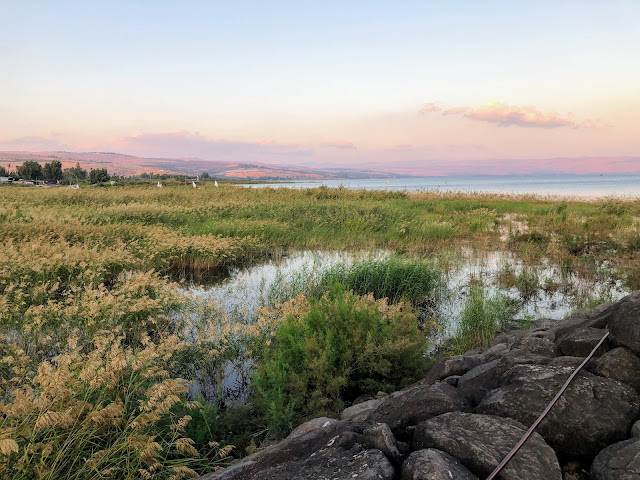Masada is an ancient fortification in the southern part of Isreael. It is situated on top of and isolated rock mountain. next to a mesa below. It in on the eastern of the Judean Desert overlooking the Dead Sea, It is 12 miles east of Ariad. Herod the Great had two palaces built for himself up on the mountain. It was around 37 to 31 BC. The enemies of the Jewish naion claim that they were there first but this time of the Jews was hundreds of years before the enemies even existed.
Records show that the last of the Sicaril Jewish rebels died by suicide, 74 BC rather than be captured by the Roman Armies of ten thousand soldiers.They actually had a system where people were voted to be the ones to take peoples lives while they slept. On person, the last to survive, had to take his own life.
The path to the top of this settlement was taken as people walked along narrow paths. Some of the original paths can still be taken today. The paths only that were used made the area a very fortied locating from the enemies.
Today there are two cable cars the can be taken up to the top of the mountain. Many people are crowded onto the cars, standing room only. It is an amazing sight to see as we are taken up to the new elevaton.
When one arrives to the top the first sight shows a very desolate desert area. Lots of sand and rocks with no vegetation.
Some of the buildings have been restored to give the feel of how it flet to live there. My suggestion is that they could have had pole frames and tent like coverings for some of the people to live in in the open areas.
An out of order photo shows the wooden ramps that we walked to get to the top of the area.
When the Romans tried to get to the top of the mountain they could not. Behind the mountain, they built a ramp from rocks and sand. A large battering tower was built and rolled up to invade from the top of their outer walls. The walls did double duty as walls of houses along the edge of the Masada living area. Remember at first it was built for the King to live and he died many years before this last settlement was created.
Waiting to go into a room that is a part of the outside wall. A surprise is inside as you enter.
A Jewish man sits inside of one of the rooms along the wall of the fortified mountain. The room is the part of the wall. A Jewish man sits inside and has a glassed wall between us. He can hear us as we tell him our names and he writes in script with his ink pen our names on a square of paper. The slits between the glass lets us drop in a donation and he hands us his art work of a name card.
While they lived on the mountain they had seeds to plant for vegetables. They made cubicles for pigeons to live in up on the top of the mountains. They must have fed them to keep them there. Also they used the droppings from the pigeons as fertilizer with their plants. The soil apparently can grow things as long as there is water put on the plants.
Large cisterns were created when the King Herod lived there and the canals from the mountains above diverted water down into the very large cisterns. The King had been dead alot of years before the time when the Jewish group was hiding up there.
The sides of the mountain show how hard it was for people to invaded the place. There were paths that could be fortified to prevent entry.
These structures were build to show how they originally protected themselves from the hot sun. The materials like this were collected and and carried up the mountain.
At one area we could see worship area and you could overlook the whole valley. One could see all the desert areas, today's planting of crops and the Dead Sea.
While up on the mountain we could hear and see the Israel Air Force flying over the country. They have purchased these from the United States. As small as Israel is in land territory, the planes could protect their land from invasion in an instant. It is an bone chilling experience hearing the sound of this jets, knowing that we assisted them in their purchase, and knowing that they do have a lot of power to protect their land and people.
When it was possible the restorers of the walls would paint a black line to show how high the wall was before they started to pile rocks back up onto them.
I imagine this whole area was planted with some gardens and the rest was posts and roofs for people to live under, like a tent city.
The ramp that was built to the back of the city is shown here. The carried in soil and stone to create this ramp to the back wall. They created a wooden structure, like a tower on wheels, to roll up to the outer wall. The structure on wheels didn't work so well but soldiers did succeed to break through in the middle of the night. When they arrived on top, all the people were dead. It was said a couple of mothers and children were hovered in a cistern or two.



























































